DefaultPageTemplate.ascx

HOW TO LIGHT ROOMS WITH LOW CEILINGS
USE OUR TOP TIPS FOR LIGHTING LOW CEILINGS
Rooms with low ceiling can sometimes seem dark and oppressive but using well considered lighting is one of the most effective ways of opening up the space making it seem larger, lighter and more airy. Use our handy tips below to help you decide how best you can visually lift a room with low ceilings.
A room is considered to have low ceilings if they are under 8ft (2.4m) high. By choosing the right ceiling and wall lights and layering light, you can easily make it appear bigger and brighter
It is generally considered better to avoid large, low-hanging pendant lights as they will get in the way and, becasue your eye is drawn to them, visually they have the effect of bringing the ceiling down making the room appear even smaller.
To achieve good lighting you need a good spread of light to illuminate dark corners and avoid sharp contrasts in light. By using light sources at different levels, you draw attention away from the ceiling and emphasise the wider space.
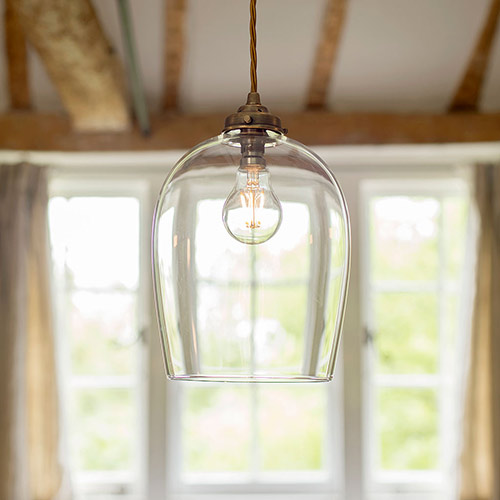
WHAT IS THE BEST TYPE OF LIGHT TO USE?
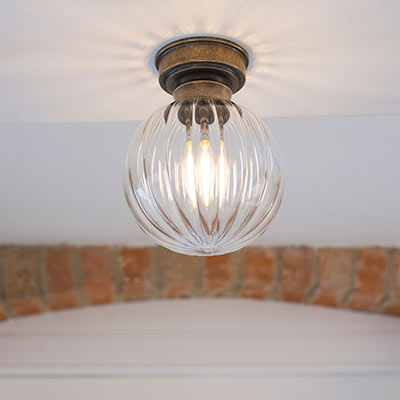
CHOOSE FLUSH CEILING LIGHTS
Recessed lights or those that sit flush against the ceiling don't take up much space and cast a wide diffused light across the room.
Opt for a fitting without a shade that creates directional light if you want to get the best levels of light into your room.
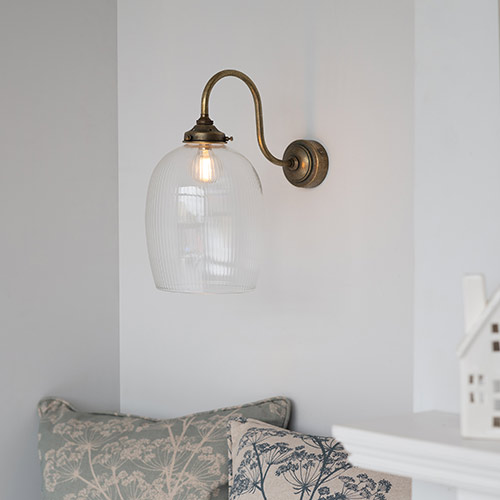
OPT FOR WALL LIGHTS
Wall lights are a great alternative to ceiling lights if you are worried aboaut overhead lighting.
Stylish and versatile, they provide plenty of light if fitted evenly around the room and build warmth and atmosphere.
They also lift light upwards helping to elongate the space and draw your eye away from the ceiling.
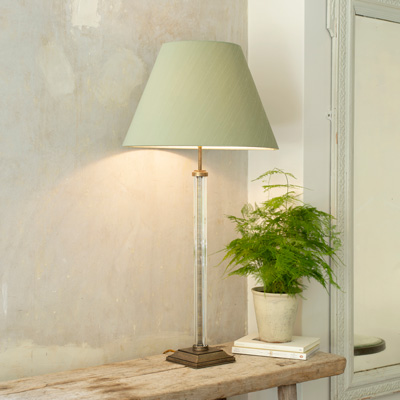
TABLES LAMPS ARE A MUST!
Table and Floor Lamps are a must for rooms with low ceilings as they can be placed where you most need them, casting away those dark shadows and opening up the space.
Use a combination of lamps or recessed lighting in alcoves, under ceiling beams, inside shelving units and undercabinets to help banish dark spots that make a room seem smaller.
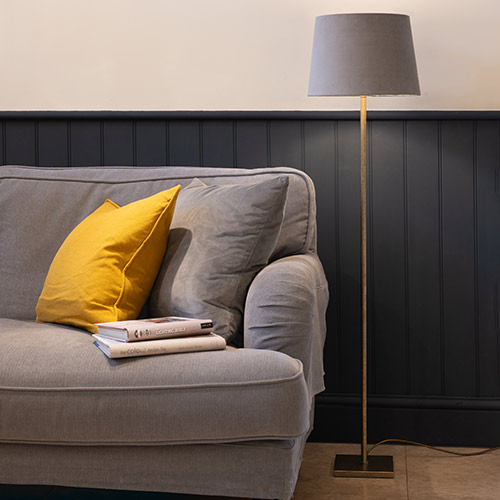
FlOOR LAMPS ARE AN ASSET
As well as providing practical, ambient and task light, they're great for brightening up darker areas and enabling a more uniform spread of light across the space.
With their striking upright form, floor lamps help emphasise the vertical space in a room, adding the illusion of height - and they come in all shapes, and sizes so you can choose a style that matches your design theme.
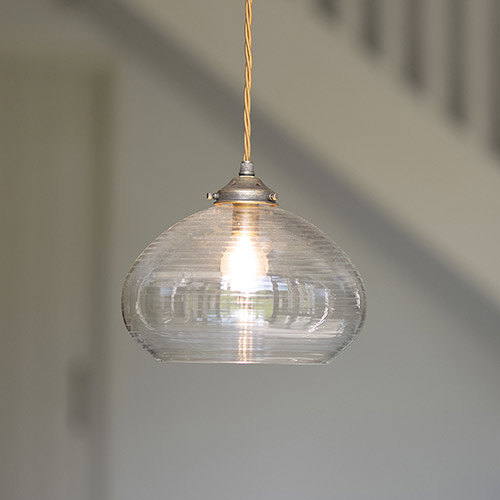
GLASS PENDANTS ARE BEST
If you'd like to hang a pendant, try one with a short or adjustable cable and a glass shade. The wonderful, reflective qualities of glass bounce light everywhere adding layers of light in a room without encroaching on the sense of space.
Avoid hanging pendants near any walkways; a pendant or a group of small pendants can be very effective placed above a seating area, a table, or over a kitchen island.
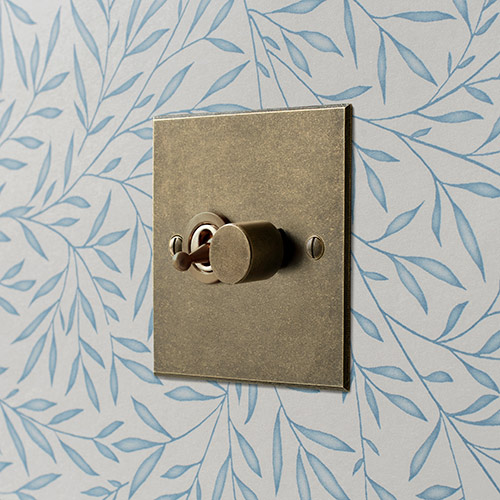
USE DIMMABLE BULBS & SWITCHES
Use dimmable bulbs with dimmer switches to control the level of lighting in your room.
That way you can choose to have brighter levels of light if you need to read or work, or lower levels for relaxing by.
HOW HIGH SHOULD I FIT A WALL LIGHT?
Wall lights should normally be positioned around 5-5.5ft (or 1.5-1.7m) above floor level and around 8-10ft (250-300cm) apart, space allowing, although this can vary depending on the exact height of the ceiling.
If in doubt, use the 'rule of thirds' and fit the lights two thirds the way up the wall.
As a general rule of thumb, you should aim for the top of the wall light to sit slightly above eye level, to avoid glare from the bulb.
A series of translucent wall lights placed at even intervals around the room will diffuse the light beautifully, while a pair of stylish matching wall lights either side of the sofa will provide balance and ambience.
For more information, see our Wall Lights FAQ >